Just as I have no real recollection of when I started taking pictures, I have no real recollection of when I stopped shooting analog film and switched to digital. I got some of the first compact digital cameras that took hopeless lego-like pictures. Shortcomings aside they somehow still managed to conquer the market. I can remember a small one the size of a big watch. I used that quite a lot during high school for fooling around and taking “spy” shots. Then I can also remember me buying my first DSLR around the same time I bought a house. And from that point on, I can even go as far as saying that I can remember all camera-related purchases.
Getting re-interested in analog
The urge to photograph seems to come and go. It is not like there are periods where I do not want to take pictures, it is more like periods where I do not actively go out searching for subjects. But recently I have had a resurgence in my urge for going out with a camera and me reading and watching photography related content online. Somehow I slowly warmed to the idea of giving analog photography a try again. Probably something about the more deliberate and thoughtful process that reined me in.
After a lot of reading and research I got my mind set on an old Olympus-35 LC. I actually wanted the SP, primarily because I read that the lens was stellar. But after some additional reading I found out that the LC actually had the same lens, but offered metering through the lens – at least in the way that if you attach filters to it, the meter will read and hence correct automatically. I found a nice example in Japan on ebay and went for it.
When it arrived I was pleasantly surprised, it looked exactly as good as the pictures had suggested. Looking through the viewfinder I also had a quite visible focusing-patch – so all good. I practiced focusing, cogged the shutter and fired which let off a somehow memorable sound. Luckily I had already bought some rolls of HP5 – so I loaded the first one up and advanced it until it was a frame number 1.
First picture
I can clearly remember when I took what I believed to be my first picture. Having just parked my car and I went a few steps away from it and turned around for my “first” shot of film on my Olympus. I spent quite a lot of time adjusting shutter speed and aperture to get within range suggested by the built-in light meter and then finally pressed the shutter. I turned around and walked away, shining with enthusiasm and optimism of my newly started endeavor, daydreaming of all the pictures I would take and seeing myself actually doing so – only a few minutes later to realize that in my enthusiasm with getting the exposure right, I had forgot everything about focusing! Duh! So I just might get a correctly exposed shot – but it sure won’t be in focus. Oh well, you live and you learn.
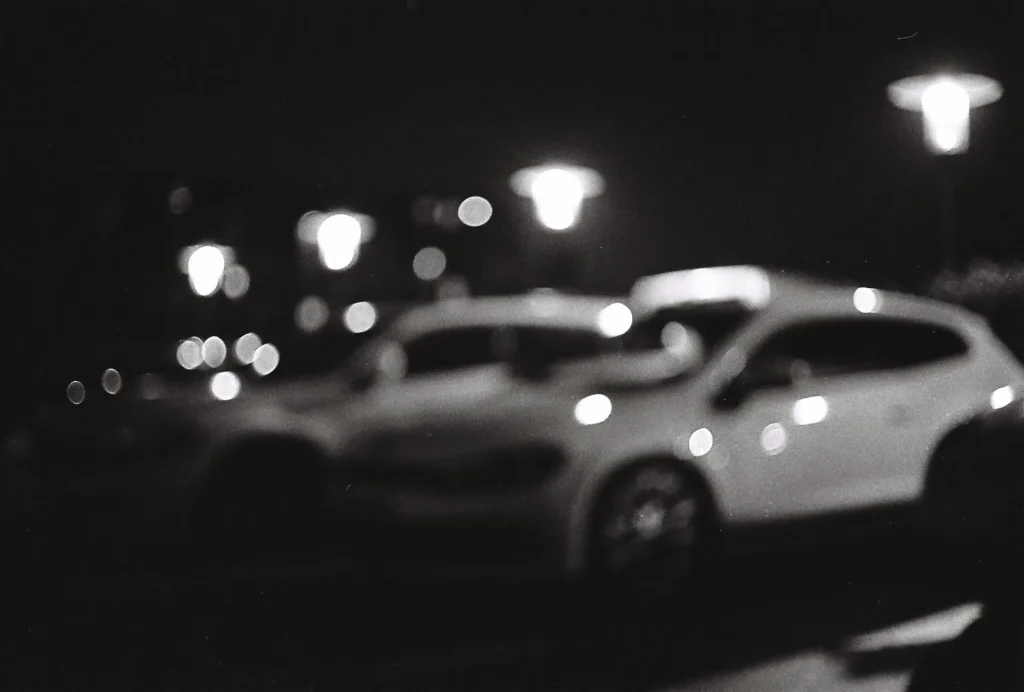
Focusing manually with the focus patch of this old camera is okay in normal light. But if lighting is scarce, then focusing becomes a lot harder. And if there is one thing winter in Denmark can provide then it is scarcity of light.
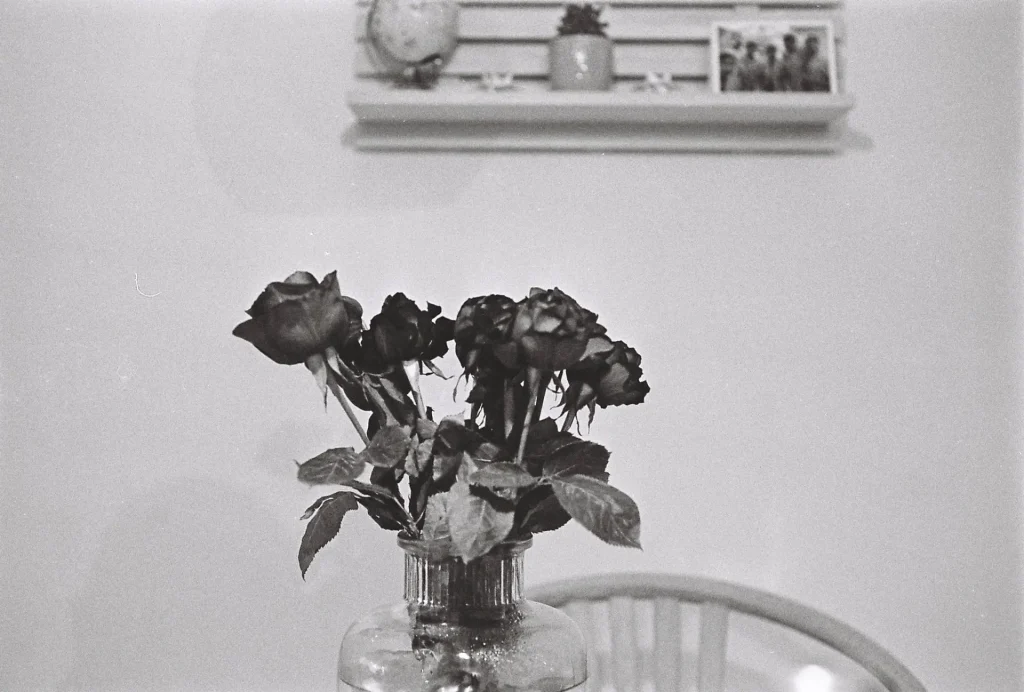
Halfway through my first roll I saw a video on Youtube that explained that for rangefinders, you should find focus with vertical lines. That suddenly made a lot of sense. I had somewhat struggled a bit with focusing but learning about vertical lines, made it a lot easier. It did not solve the low-light issues though.
The Exposure Triangle
After a while I started relying much more on zone focusing. On digital cameras my shooting style has always been very artistic with narrow depth of field. As my Olympus 35 LC tops out at 1/500th of a second shutter speed, then I had to change my style and rely on wider depth of field to compensate for missing shutter speed. On my digital camera I very rarely shot with smaller aperture than f/4. Maxing out the shutter speed on the old Olympus opens me up to a whole new level of photography. With digital cameras wide range of shutter speeds and variable ISO they almost make two sides of the photography-triangle obsolete. Now finally I have to take all parts of it into consideration.
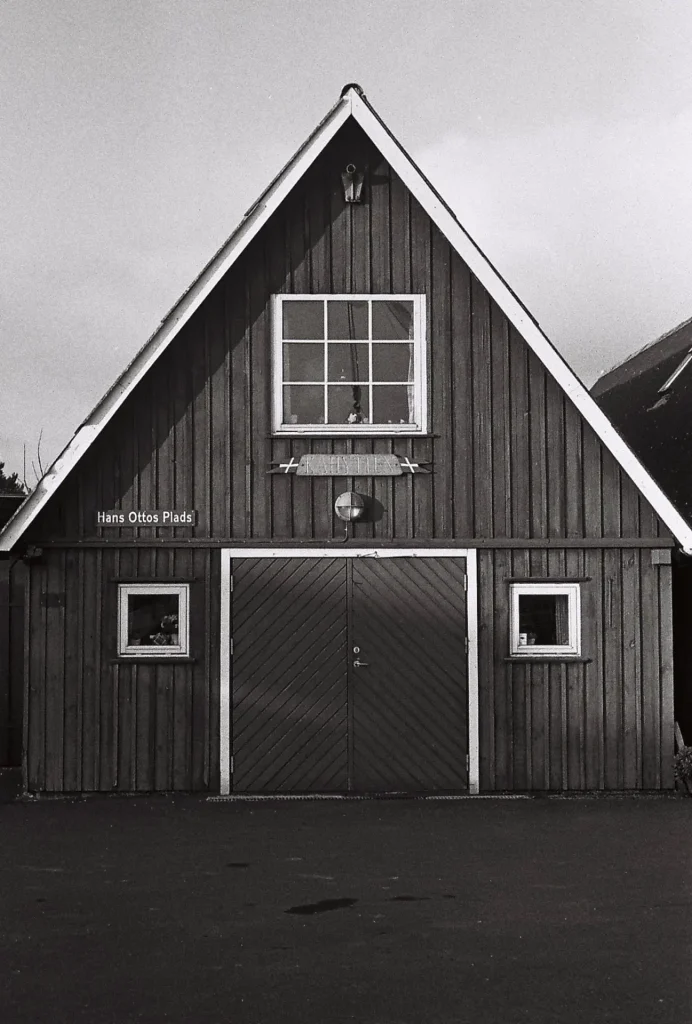
I have always shot as narrow depth of field as I could get away with. Always relied on narrow depth of field to isolate the subject and “tell the story”. With the Olympus I find myself using the aperture and hence depth of field to control the correct exposure. That is somehow both “frightening” and a welcome challenge. I think a lot more about what is in the frame when I cannot isolate the subject with narrow depth of field.
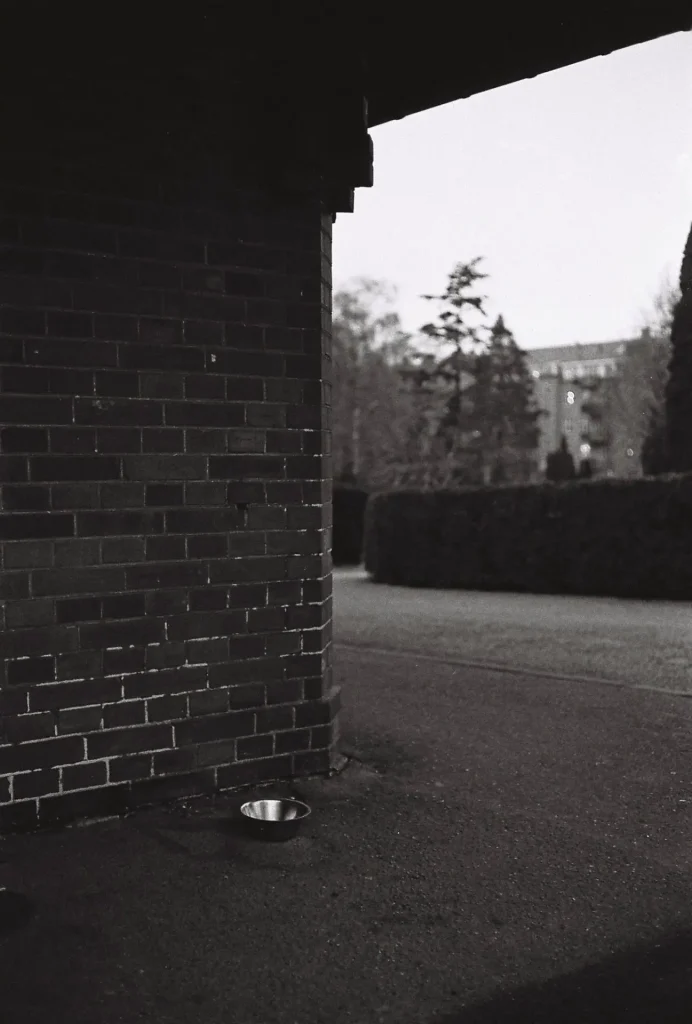
Analog is the epitome of delayed gratification. On digital, even though I am quite economical, as I hate post-processing, I still end up taking 2-3 shots of the same subject and push the final decision on which to use for later. With analog I am more aware of the cost of having an extra exposure of the same subject. I would not even know if the second was better than the first. I really like that process and I feel that it has carried over to my digital shooting as well.
Seeing the results
When I finally received the results of my first roll, after restarting film photography I was very pleased with some and a little bit disappointed about others. Sure enough the “first” picture I had taken of my parked car was out of focus – just as I had expected. But somehow I had managed to have correctly exposed shots on the entire roll which pleased me.
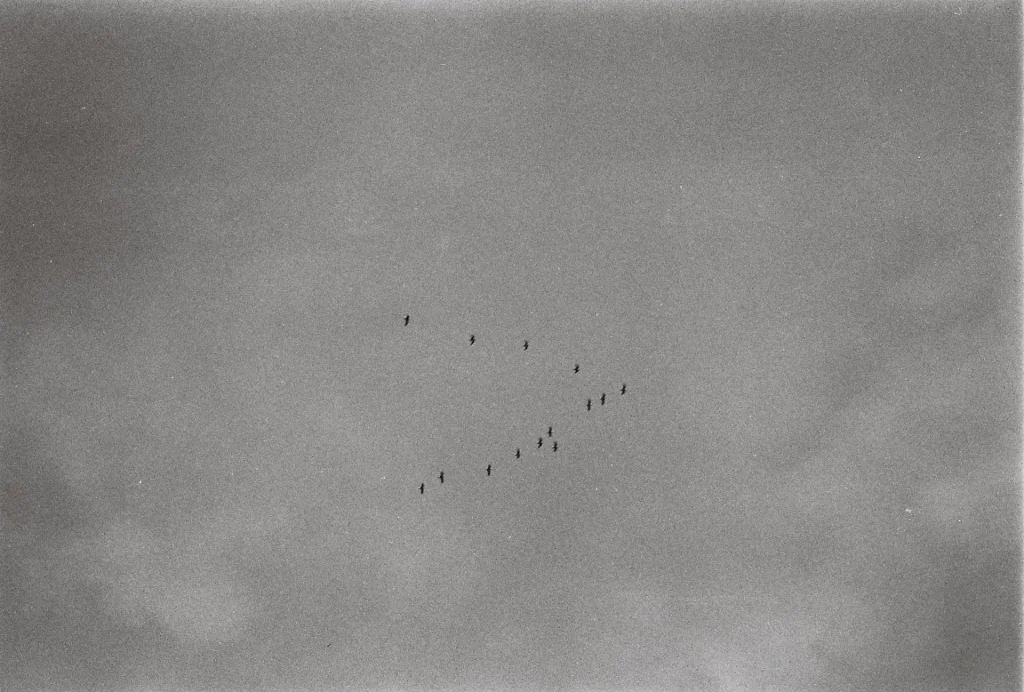
I love the grain! I love the overall “look” of analog. There really is something to it. You can add grain to the digital images, but it very rarely looks good – on analog it really does.
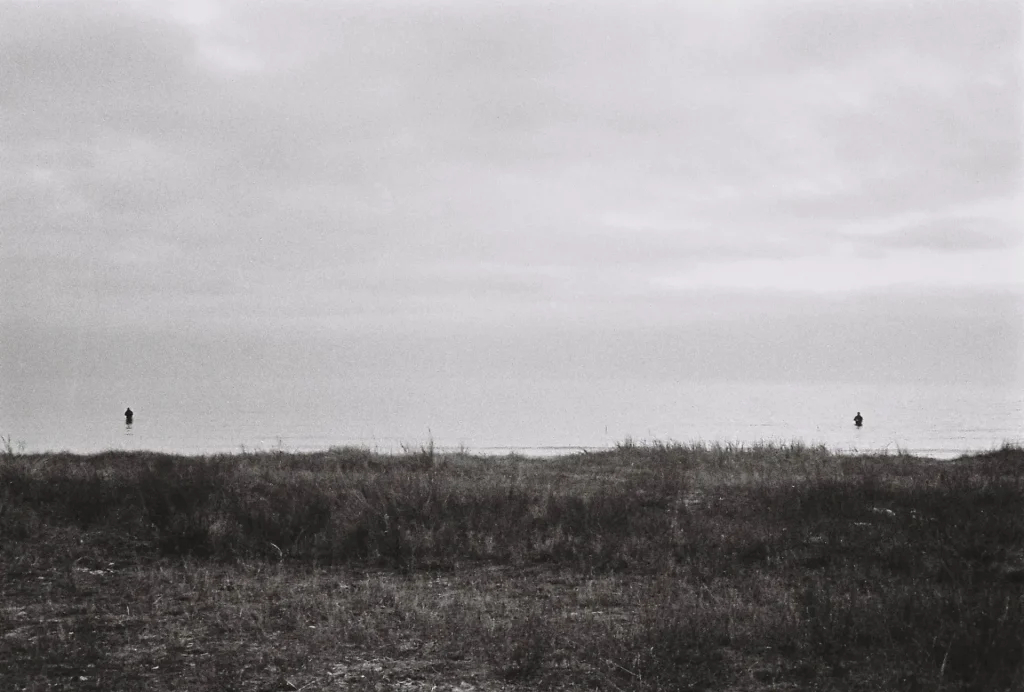
Another very apparent thing with film is of course the look of the film. Different emulsions – different looks. This may seem trivial to highlight, but for me it expanded my horizon and spilled into my digital photography. I have never been a big fan of post-processing and always tried to keep it to a minimum, both because I don’t really like the process of doing it and also because I was somewhat against having to do so. But when you work with analog film the representation depends 100% on what the film brings. The scene is never as you saw it in real life. There is always the heavy representation of the emulsion on top.
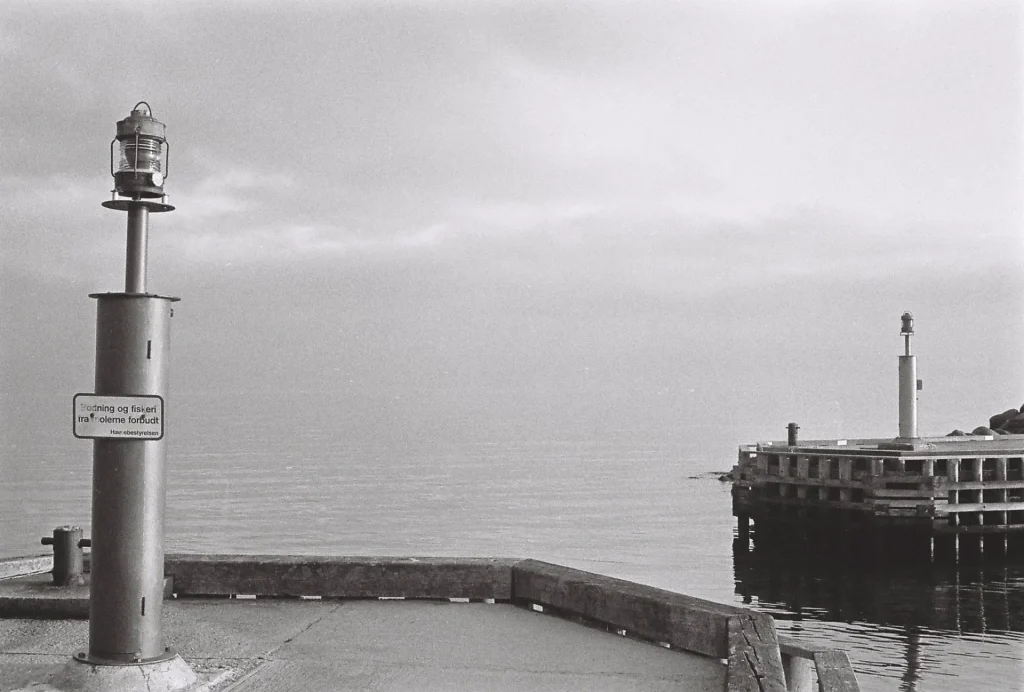
This made me relax my strong opposition against post-processing and made me more comfortable experimenting and giving my digital images certain “looks”. I am still against heavy post-processing – or at least won’t do it myself – but analog photography gave me a more relaxed and balanced view towards it.
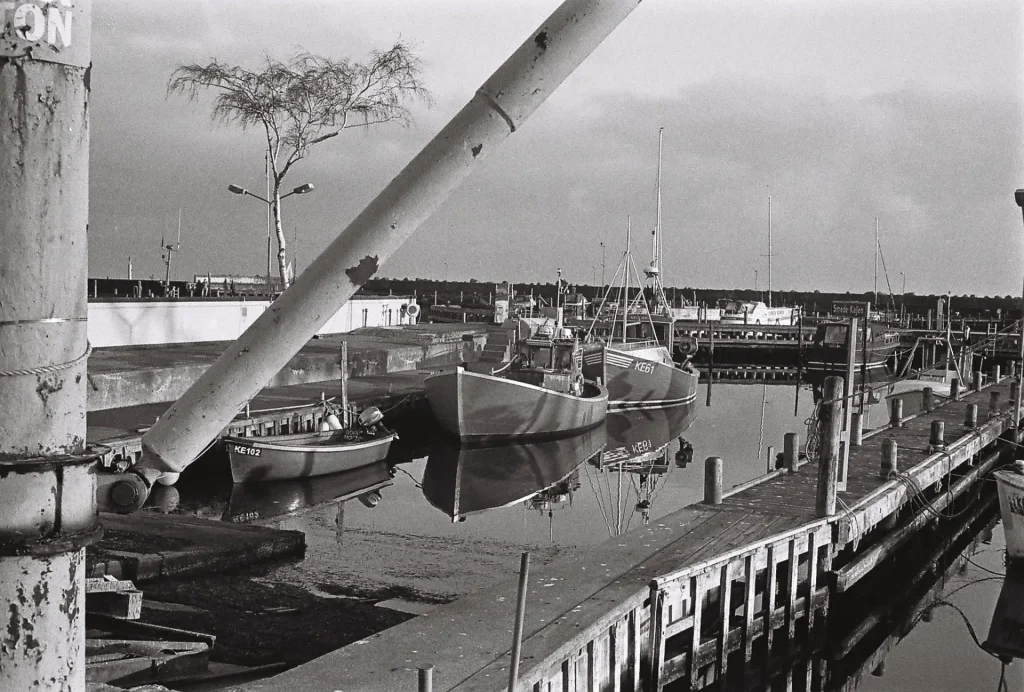
Lessons learned
Overall I can certainly say that analog photography has made me a better photographer. It has opened my eyes to so much more of the craft of a good photographer. In many ways it is the old “constraint inspires creativity”. I have since shot a lot of analog, fallen in love with the look of Fujifilm C200, but also learned to appreciate the versatility of my Fujifilm X-T2 digital camera. Analog is a lot more deliberate process. By loading a film into the camera I have already made some decisions and limited myself. I have decided between color and monochrome. I have decided on ISO and I have decided on the overall look of the pictures. With digital I can postpone all those decisions to the last seconds before showing the final pictures. But shooting analog makes me better at making those decisions and hence a better photographer.
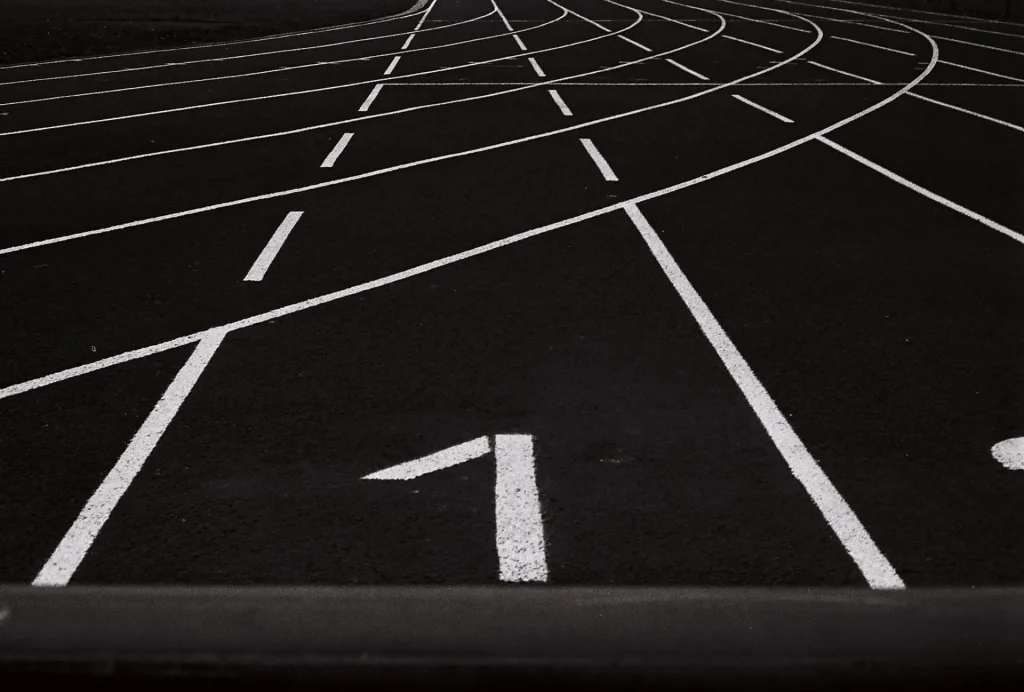
Thanks a lot for reading.
If you want to see more pictures or reach out, feel free to contact me on Instagram or Twitter although I am less active tweeting these days. I have since added a Nikon FE camera to the collection and somewhat broken the Olympus-35 LC unfortunately. So that is perhaps stories for another day.
Share this post:
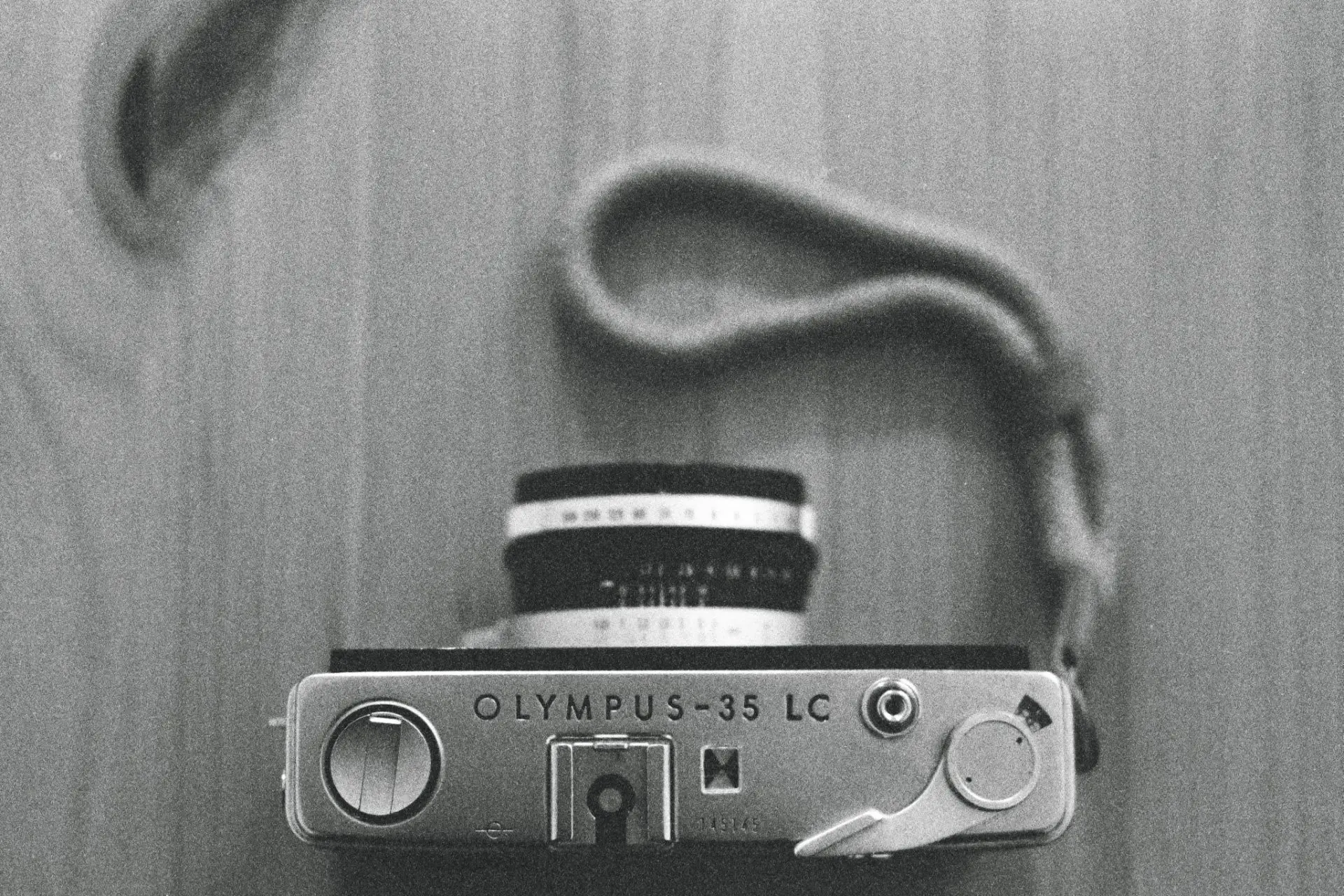


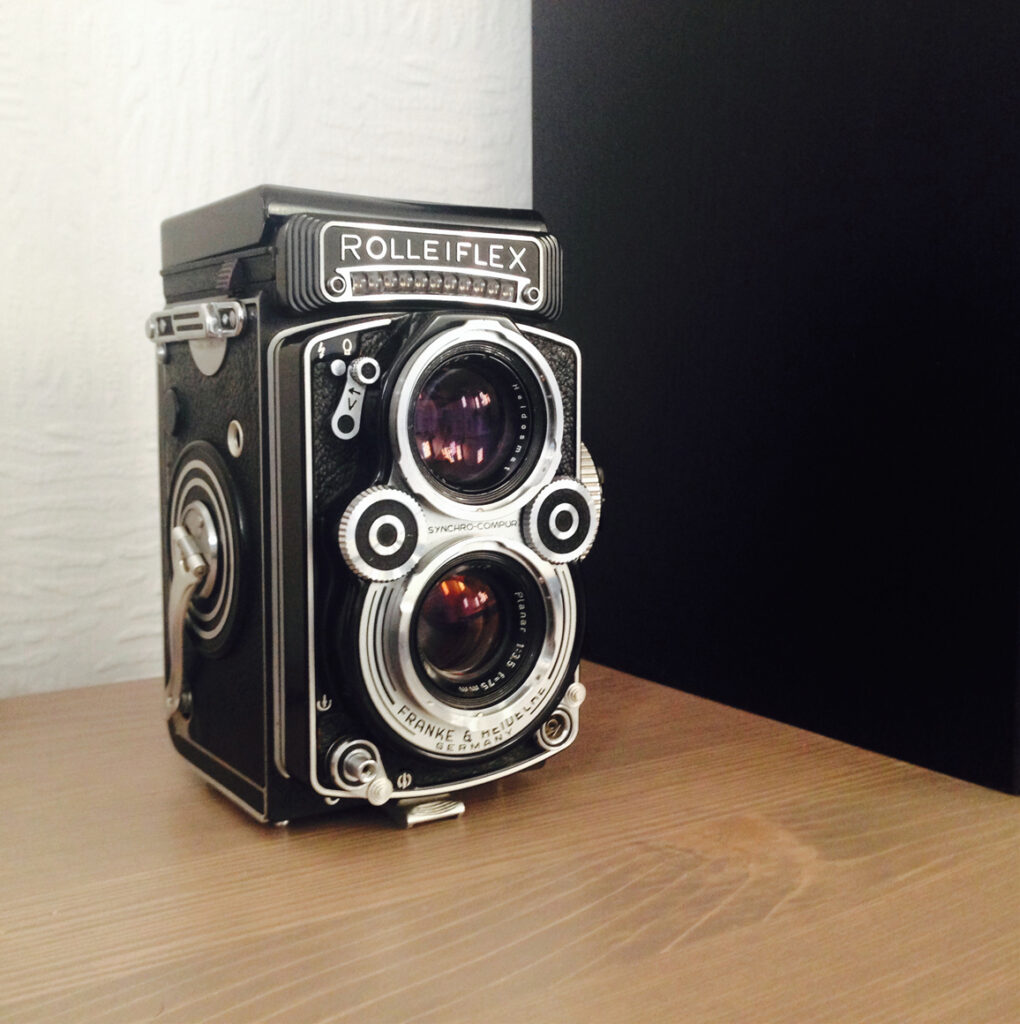
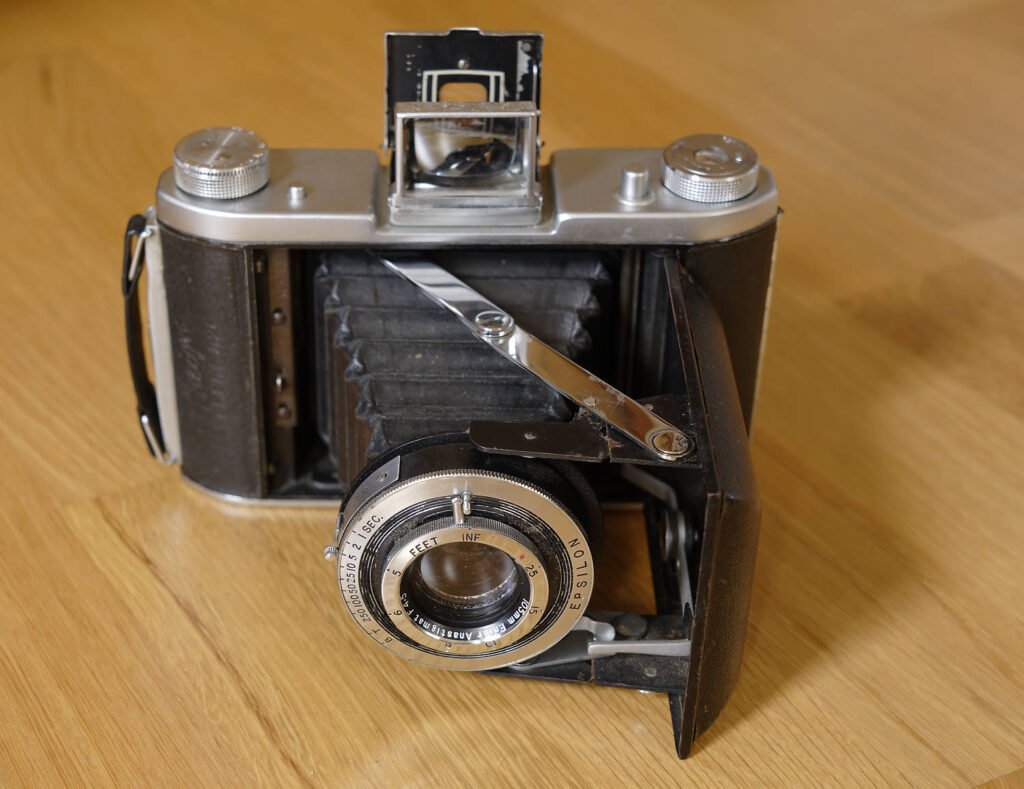




Comments
Thorsten Wulff on Restarting Film Photography with an Olympus 35 LC – By Jesper Reiche
Comment posted: 26/05/2021
Comment posted: 26/05/2021
Bob Janes on Restarting Film Photography with an Olympus 35 LC – By Jesper Reiche
Comment posted: 26/05/2021
Love the track shot - great use of lines!
Comment posted: 26/05/2021
Stefan Wilde on Restarting Film Photography with an Olympus 35 LC – By Jesper Reiche
Comment posted: 26/05/2021
Lovely post, lovely shots! I, too, love the track shot, bug also the Harbour impression. As for the broken Olympus LC you might consider having a look at www.om-doktor.de. It is the site of an ex Olympus mechanic who did a wonderful job on my OM4 ti. I have spoken to him and unfortunately he doesn't stock spare parts for the LC. But maybe it is worth just reaching out to him and discuss if anything can be done.
Comment posted: 26/05/2021
Stefan Wilde on Restarting Film Photography with an Olympus 35 LC – By Jesper Reiche
Comment posted: 26/05/2021
Comment posted: 26/05/2021
Tim Denning on Restarting Film Photography with an Olympus 35 LC – By Jesper Reiche
Comment posted: 26/05/2021
Best Wishes
Tim
Comment posted: 26/05/2021
Michael J on Restarting Film Photography with an Olympus 35 LC – By Jesper Reiche
Comment posted: 26/05/2021
Comment posted: 26/05/2021
Michael J on Restarting Film Photography with an Olympus 35 LC – By Jesper Reiche
Comment posted: 27/05/2021